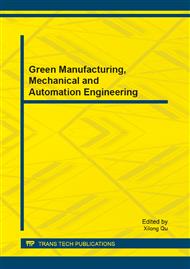p.824
p.829
p.833
p.837
p.841
p.848
p.852
p.857
p.862
Numerical Simulation of the Wind Field of Assembled Steel Truss Bridge
Abstract:
The numerical simulation is made to the wind field of the assembled steel truss bridge by means of computational fluid mechanics. Based on N-S equation, Reynolds closure equation of "two-layer" turbulence model is regarded as the basic governing equation. Regarding numerical calculation, SIMPLE algorithm that is based on staggered mesh is adopted to the basic governing equation. The calculation of wind speed and pressure distribution of the assembled steel truss bridge provides technical support for its wind-resistant design.
Info:
Periodical:
Pages:
841-847
Citation:
Online since:
July 2013
Authors:
Price:
Сopyright:
© 2013 Trans Tech Publications Ltd. All Rights Reserved
Share:
Citation:


